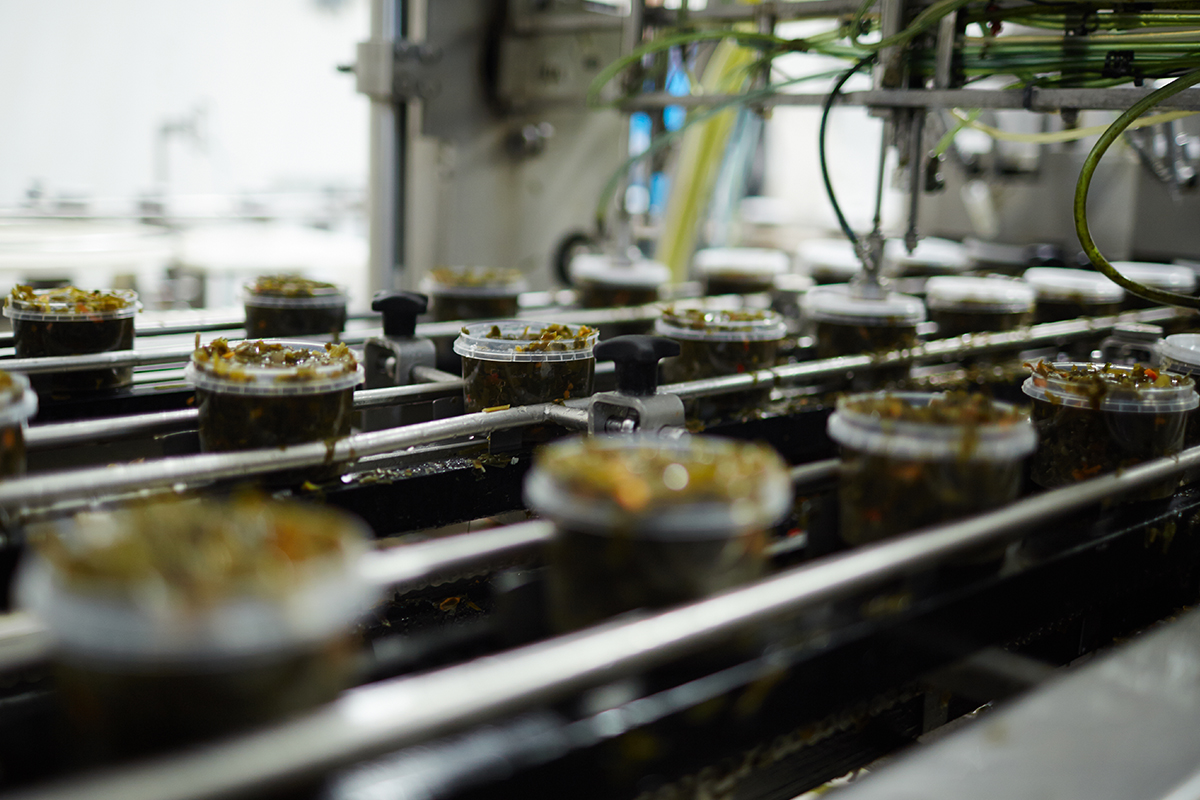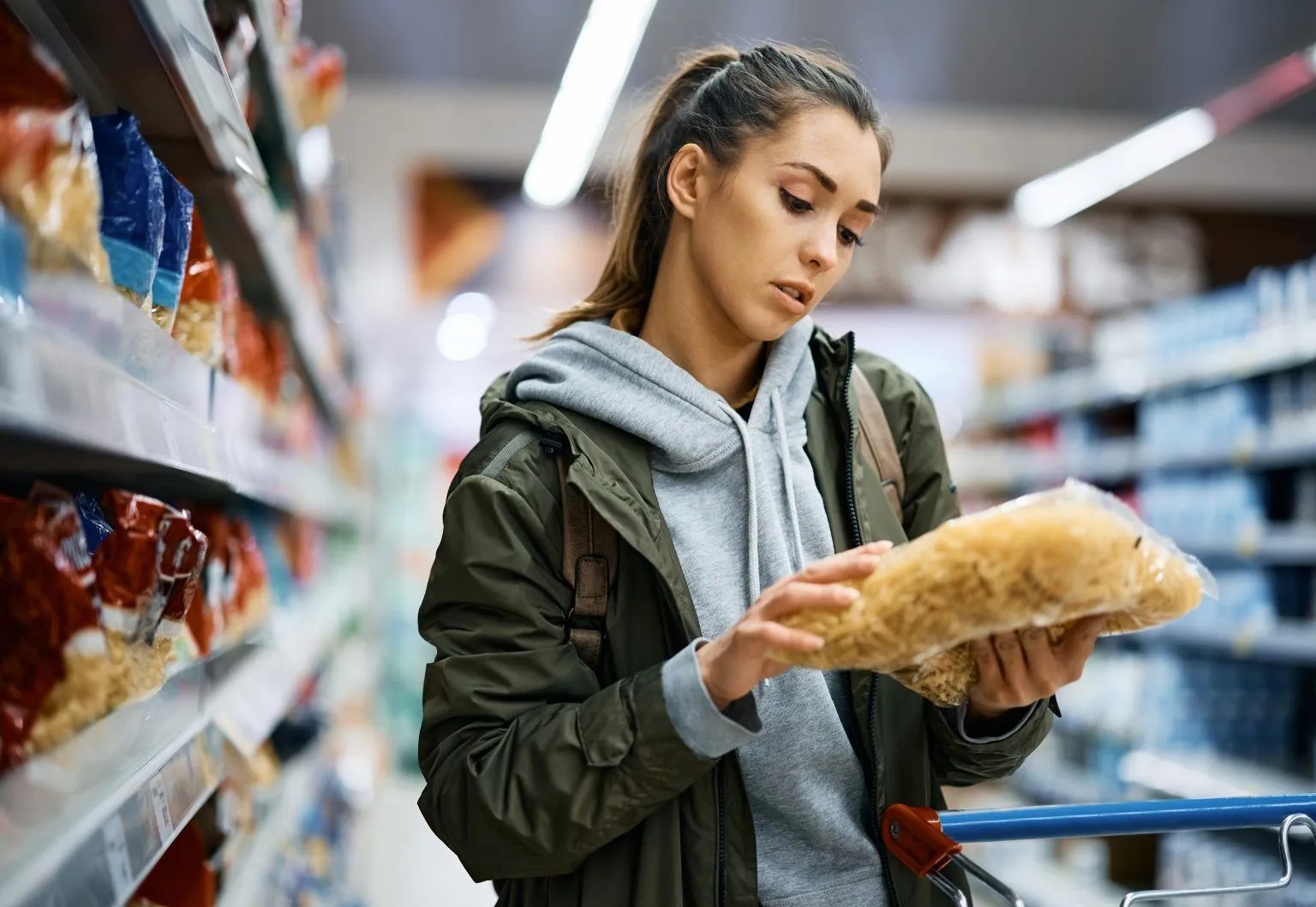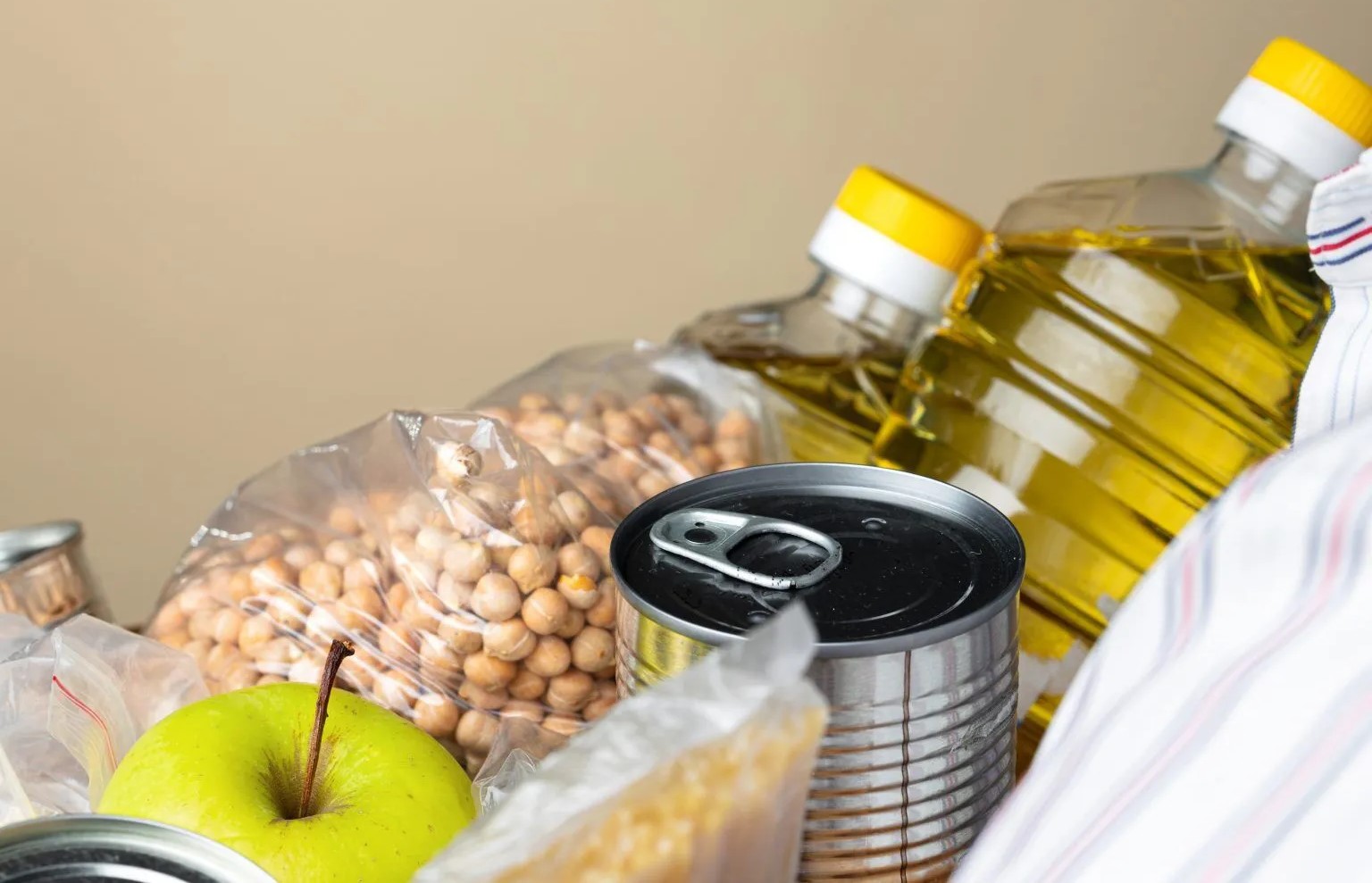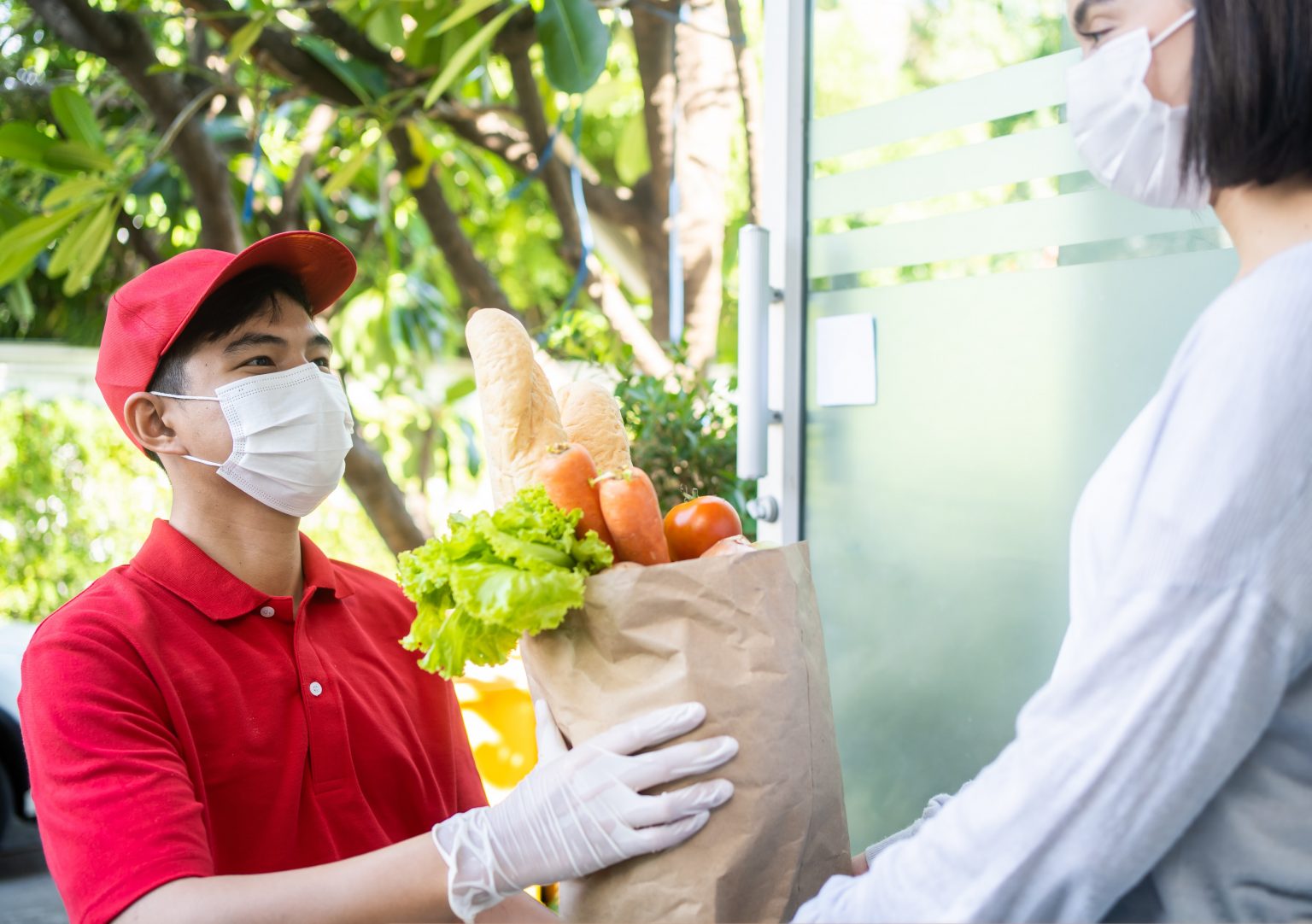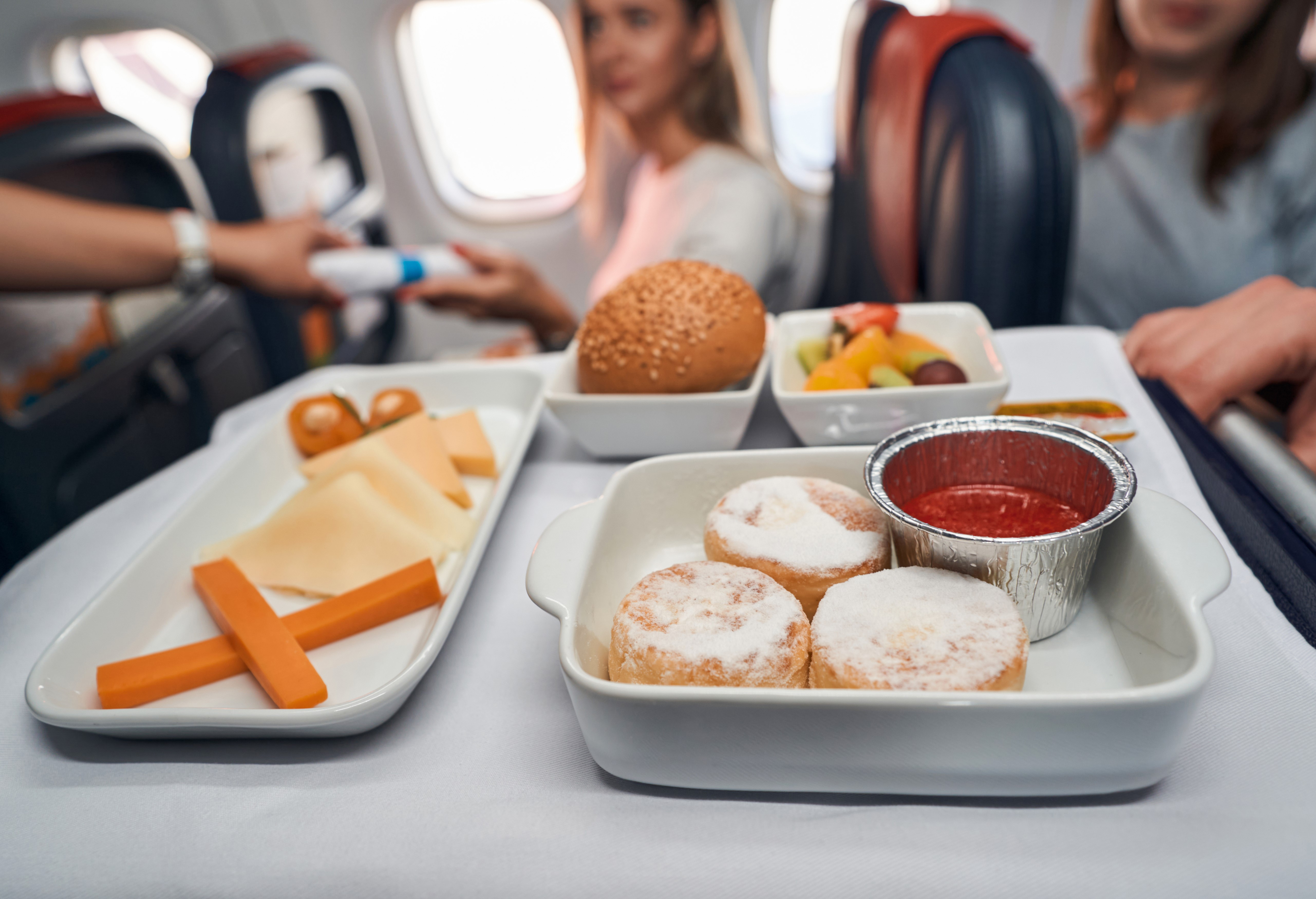Last Updated on November 8, 2024 by Admin
This article explores the dynamic relationship between packaging materials for food and food safety. While often overlooked, packaging is crucial in preserving the quality and safety of food products.
Packaging is not just about aesthetics; it’s a critical element of safeguarding the food from contamination and spoilage and maintaining its nutritional value. Understanding the concept of food safety is important as it helps us appreciate the essential role of Food-Grade Packaging material. From the supermarket shelf to the dining table, the journey of safe food heavily relies on the quality of its packaging.
We will look into the various aspects of food packaging material, discussing its importance, impacts on food quality, and the latest innovative food packaging solutions designed to enhance food safety.
Role of Packaging Materials in Ensuring Food Safety
Packaging materials are crucial in ensuring food safety as they act as a critical barrier between the food product and potential hazards. The primary function of food packaging material is to protect against external contaminants that could compromise the safety and quality of food. Adequate packaging for food products involves using non-reactive and safe materials, ensuring they do not chemically interact with the food or release harmful substances.
Beyond protection from contaminants, packaging on food plays a pivotal role in safeguarding the food from environmental factors such as light, moisture, and air. Exposure to these elements can accelerate food spoilage and degradation and lead to the loss of nutritional value. Quality packaging provides a barrier against these elements, which results in extending the product’s shelf life. It is essential for perishable items like dairy, meat, and fresh produce, where maintaining freshness is critical for safety and quality.
In addition to physical and chemical protection, packaging materials are crucial for preserving the sensory qualities of food, such as taste, texture, and aroma. Modern packing methods, like modified atmosphere packaging (MAP) and vacuum packaging, help keep these qualities longer. Furthermore, suitable packaging materials can facilitate more accessible transportation and handling of food products, reducing the risk of damage and contamination during transit.
The design of packaging also plays a role in food safety. Clear labelling, including information about ingredients, allergens, expiration dates, and storage instructions, is essential for consumer safety. The use of tamper-evident and child-resistant packaging is another aspect that contributes to the overall safety of food products. All these factors combined highlight the critical role of food safety and packaging in maintaining our food supply’s safety, integrity, and quality.
How Packaging Materials Can Affect the Quality and Taste of Food
The impact of packaging materials food on the quality and taste of food is a topic of significant importance in the food industry. The interaction between food packaging materials and the product can change flavour, aroma, and texture, crucial elements of the overall food experience. Due to their chemical composition, certain packaging materials can cause reactions that alter the taste and quality of the food. For instance, acidic foods stored in metal cans can produce a metallic taste due to chemical interactions. Similarly, plastic packaging might leach chemicals, particularly when exposed to heat or light, affecting the food’s safety and flavour profile.
Innovative food packaging solutions are being developed to counter these effects and enhance food quality. These include oxygen-scavenging packaging, which helps preserve the product’s freshness and flavour by removing excess oxygen that can lead to spoilage. Innovative packaging technologies incorporating indicators for temperature and freshness are also being employed. These technologies provide better protection against environmental factors and can even alert consumers about the quality and safety of the food inside.
Moreover, advanced materials like barrier coatings and high-tech films are being used to prevent the transfer of odours and flavours from the packaging to the food, thereby maintaining its original taste and quality. These advancements underscore the importance of selecting the right food safe packaging materials. By carefully choosing packaging compatible with the food product, manufacturers can ensure that the sensory attributes of food are preserved, making it appealing and enjoyable for consumers.
Read Also – Importance of Food Preservation: Ensuring Nutrition and Sustainability
Food Preservation With Vacuum Packaging – How & Why It Works
Reasons Why Packaging Is Important for Food Safety
- Food packaging serves as the first line of defence against bacteria, dust, and pollutants, safeguarding the product from external contaminants.
- Packaging is crucial for managing physical and chemical alterations during storage and transit, preventing deterioration caused by factors like light, temperature, and humidity.
- Food packaging includes vital information like expiration dates, storage directions, and nutritional content, ensuring consumer safety and facilitating informed decisions.
- Utilising food-safe packing materials helps maintain food freshness, extending its shelf life and optimising storage duration.
- Innovations like vacuum sealing and modified atmosphere packaging contribute to heightened food safety, preserving product quality and appeal.
- In a competitive market, adequate food packaging not only ensures safety but also enhances the product’s overall appeal, influencing consumer choices and preferences.
Innovations in Food Packaging Materials
The field of food packaging material is changing, with continuous innovations aimed at enhancing food safety and sustainability. Innovative food packaging solutions are being developed to address various challenges, including extending shelf life, improving convenience, and reducing environmental impact. Edible packaging, made from natural food-grade materials, is emerging as a sustainable alternative, reducing waste and enhancing the overall consumer experience.
Active packaging technologies that can absorb or release substances to extend the freshness of food are gaining attention. Innovative packaging solutions equipped with sensors that can provide real-time information about its freshness and safety. Biodegradable and compostable materials are also being increasingly used, reflecting a shift towards environmentally friendly packaging options. These innovations are revolutionizing the packaging materials food industry, offering safer, smarter, and more sustainable solutions for food packaging.
While discussing food safety and packaging, it’s crucial to consider that traditional packaging materials, particularly plastics, pose significant environmental challenges, including pollution and resource depletion. However, now, the trend is shifting towards sustainable packaging options. The use of recycled materials, bioplastics, and other eco-friendly alternatives is increasing. These materials reduce the ecological footprint of packaging and align with consumer preferences for sustainable products.
Conclusion
The impact of packaging on food safety is a multifaceted issue that encompasses the protection of food quality, consumer health, and environmental sustainability. As we have explored,food safe packaging materials are essential in preserving the integrity, taste, and safety of food products. Innovative food packaging solutions enhance food safety and pave the way for more sustainable practices. The future of food safety and packaging lies in innovation, sustainability, and the continuous improvement of packaging technologies. As consumers, industry players, and policymakers, our collective efforts in this area are crucial for ensuring the safety of our food systems.
Read Also – An Introduction to Food Safety Guidelines



